All of our food systems, whether it's agriculture, forestry or fisheries, are severely affected by the rising temperatures, wildfires, droughts and even floods.
According to the Guardian, in the future, global warming is expected to make our fields less compatible with foods that bring the most caloric benefits to our bodies.
While nature has solutions for these kind of extreme weather phenomena, in the form of multiple varieties of a certain food that can adapt to more rainfall or less rainfall, humans stopped relying on most of these varieties in the past century or so.
Dan Saladino wrote in his book "Eating to extinction" the fact that "the line between abundance and disaster is becoming thinner and thinner and the public is unaware and unconcerned."
Banana, one of the most popular fruits, could go extinct
Take the banana as an example, one of the most popular and most traded fruits globally.
Humans first encountered this delicious fruit in Southeast Asia and, in the beginning, it contained hard seeds, which made it pretty much inedible.
However, over the course of thousands of years, humans and mother nature shared and cultivated the best types of bananas, the easier to eat and most nutritious of them, which led to hundreds of different types of edible bananas being scattered around the world.
One of the most well-known type of banana that most of us saw, at least a form of it, is the Gros Michel or Big Mike banana, a sweet, creamy and nutritious banana that has no seeds, so it's very easy to eat, and which has a thick skin, allowing it to be easily transported around.
By the beginning of the 20th century, this was the most popular type of banana, but it came with a caveat. Every Gros Michel banana was effectively genetically identical to each other, so a threat to one of those meant that all of them were bound to have the same problems.
And around the same time, this showed why it was a big issue, with the apparition of "Panama 1", a deadly soil fungus that, by the 1950s, spread across most commercial banana farms, almost ending the Big Mike banana.
This was a prime example as to why humans must not rely on one species or variety of a food, but rather consume as many in order to ensure that, if one is endangered or falls altogether, we have alternatives to resort to.

Instead, the food industry saw the opportunity of a short term solution, by switching to the Cavendish banana, a very similar variety, resistant to the fungus, which is pretty much the one people eat today.
However, now, this type of banana is endangered as well, since the "Panama 4" deadly fungus spreads and affects it, aided by higher temperatures and stronger tropical storms.
Unfortunately, as with many other crops, the food industry is at fault here for sacrificing variety in the name of profit and ease of growth.
While in the past, humans in different areas of the world planted the most optimal variety of a certain food, some in the desert, others high up the mountains, and others in humid environments, nowadays, we rely on a few varieties that can be easily wiped in case of a climatic catastrophe or if a disease emerges.
"Panama 4", which was recently discovered in Latin America as well, the main supply area of Cavendish bananas, could wipe out the entire banana industry, affecting many people with regards to the food supply, but also the people that cultivate these fruits economically.
Fernando Garcia-Bastidas, banana breeder, said that "it's history repeating itself."
"The late blight" wiped about one million Irish people
Another almost catastrophic event took place in the 19th century in Ireland, when about one million Irish people died due to starvation generated by the late blight, a pest that destroyed all potato fields, effectively causing people to starve.
Another one to two million Irish people fled to the US to avoid starvation and the British tyranny as well.
While the blight affected many potato crops in Europe, Ireland was the most affected due to the fact that Irish farmers only cultivated one type of potato that also happened to be the most affected, which was the Irish Lumper.
According to the IPCC, food production issues already caused malnutrition in some parts of the world due to decreased diet diversity.
The food crisis could have been avoided just like the climate one, if we were willing to listen and learn from the past, but we've been thinking that it can't be possibly happening again and drifted towards very few food varieties for our diets.
Avocado, another popular fruit, could have the same fate
Avocados are another fruit family that has been eaten by humans for thousands of years in places like Mexico, and not so long ago, they were available only in a few US states.
Nowadays, however, avocados are farmed and eaten by many people around the world, but only the Hass kind.
It's not hard to see why this could potentially be a huge problem, and with the current way of only planting very few varieties for the sake of exporting as much food as possible, we've basically kicked thousands of years of diversity in the food system, which could be very dangerous if more pests arise.
Food habits from 60 years ago
In 1961, people in Romania for example relied mostly on wheat and corn products for their diet, which made up 1.214 and 548 calories respectively per day.
Other more commonly eaten foods at the time for people living there were milk, sunflower seed oil (for cooking), potatoes, sugar, pig meat and raw animal fats.
At the other end of the spectrum, foods not very widely eaten by Romanians in the early 60s, were eggs, beef and peas.
Comparatively, people in the US didn't eat nearly as much corn, but compensated with much more milk and sugar consumed, while beef was one of the favorite types of meat for Americans, alongside pork.
They also ate less potatoes than Romanians, but a wider variety of vegetables as an alternative.
These days, however, diets for most countries have overlapped and have pretty much become homogenous, meaning that all most people on earth, no matter the country, started eating more and more the same foods, resulting in very limited variety, compared to the last century.
The discovery that caused the wheat production to explode
Wheat is the most consumed type of grain globally and it's gown virtually everywhere, except for Antarctica. We use it to make bread, pasta, noodles, pizza and biscuits among other things, and it is eaten by billions of people.
Norman Borlaug, an American scientist, developed a new breed of wheat when in Mexico, which could withstand the weight of fertilizers.

The event, part of the Green Revolution, caused the global wheat production to triple after the middle of the 20th century, and for some time even solved the hunger problem in many parts of the world, despite the population growth.
But yet again, it came at a cost, you probably guessed it, wheat diversity. In order to create this new type of wheat, the rest were left in the past, which means that yet again we might face a potential issue if a pest comes and wipes our wheat cultures.
Droughts and unprecedented heatwaves in Canada, one of the world's most important grain producers, in 2021 meant that prices for pasta wheat went up by 90%.
Gene banks could be one potential solution, as scientists look to make new breeds, more resilient to extreme weather conditions and to pests, which could be the future of the food system and ensure that the world won't face famine.
Matthew Reynolds, head of the wheat physiology at Cimmyt, the International Maze and Wheat Improvement Center outside of Mexico City, said that "we’ll never get back all the diversity we had before, but the diversity we need is out there", hinting that people need to adopt as many food varieties for the best chance of survival.
 Mihai - Cristian Ioniță
Mihai - Cristian Ioniță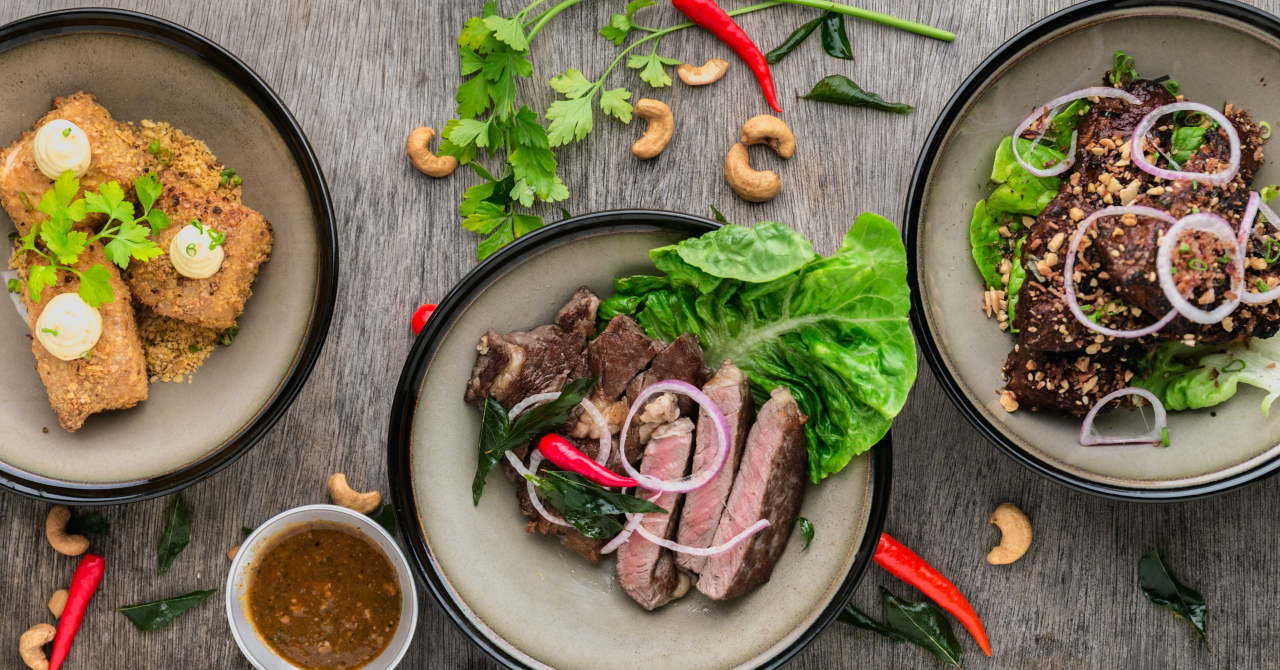


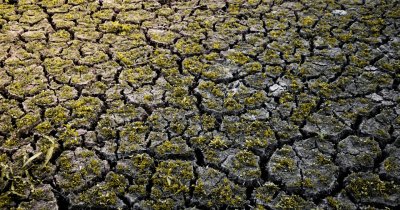

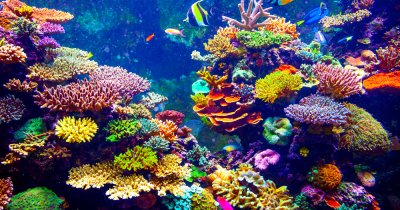


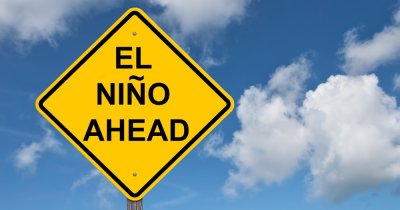



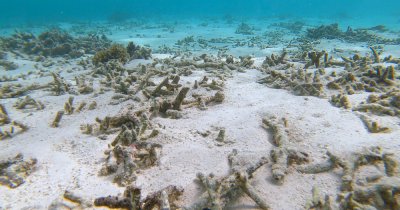
Any thoughts?